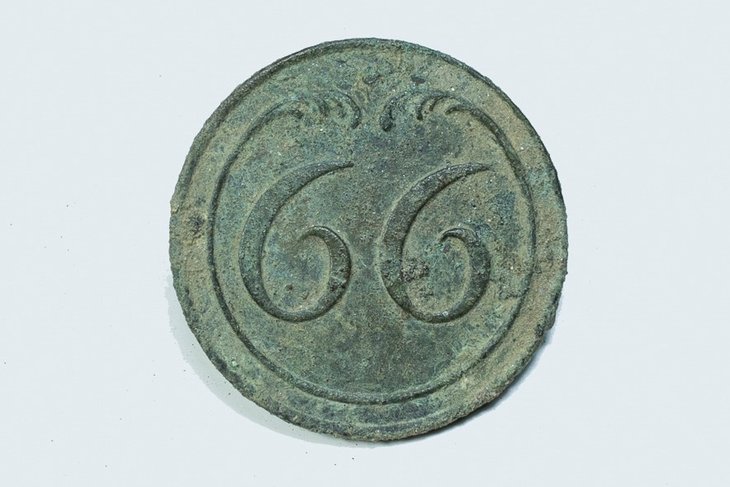French Invasions remains found in Porto Historic centre
Article

The restoration works in a building located at the Rua de S. Miguel enabled the finding of 13 skeletons of French soldiers, who would be part of the Soult army, more than 200 years ago, during the Napoleonic Invasions.
It is now more than two centuries that the French Invasion took place in the Portuguese territory, under Napoleon order. Yet, very recently, an archaeological digging in Porto Historic centre enabled the finding of new data on the matter.
The materials found, during the restoration works in the Rua de São Miguel, on the back of the building of the São Bento da Vitória Monastery are the most significant findings regarding that period in history; ""In 90% of the excavations, there is really nothing that is that interesting to the general public. So, the most curious about this finding is the fact that these soldiers were part of a company that was not known to have been here", João Silva, of the archaeological team, explained to JN.
These 13 French soldiers, whose bones were found in Porto Historic centre, would have been killed during the Battle of Porto, fought on 29th March 1809, during the second Napoleonic invasion of Portugal.
On site, there were also other artefacts such as the "barretina", or shako, which is a tall, cylindrical military cap used by the 76éme Regiment de Ligne (Infantry battalion of the Napoleonic Army). "Up to this moment, there were no evidences that this battalion had even been in Porto", clarified the company Civitas Arqueologia, in charge of the finding.
The houses that are been restored at the Rua de S. Miguel did not exist then, so the French soldiers would have been buried in the grounds adjacent to the São Bento da Vitória Monastery, which was used as a Field Hospital during the Invasions.
These findings were very near surface soils, just 40 to 50 centimetres deep. And despite being the enemy, they were not buried in a mass grave, as enhanced by the anthropologist Zélia Rodrigues to JN: "There were attention in the burials. We can see it by how the arms are positioned as well as the bodies."